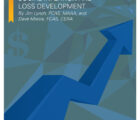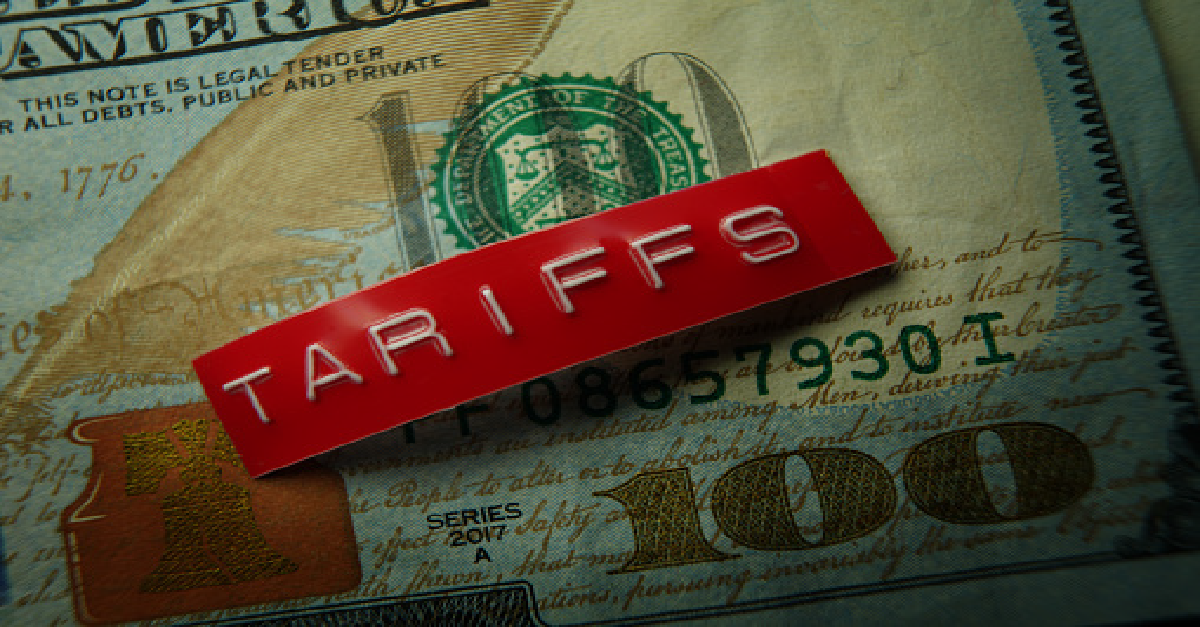In my November/December 2015 Explorations column, I discussed both the threat and opportunity of the internet of things as well as causal (as opposed to financial effects) analysis and asked, “Should we explore partnership with engineers?” I believe the answer is yes and that there are potential benefits for both sides. Each profession needs the other’s expertise, insights and solutions in order for us to jointly synthesize cause and effects modeling. Digital disruption is forcing the consolidation of risk analysis and financing, and neither profession on its own is sufficient.
In Part Two, I will now highlight areas where engineers can help actuaries in the risk modeling space: simulation modeling in engineering; verification, validation and uncertainty quantification (VVUQ); and multi-attribute tradespace exploration (MATE).
Simulation Modeling in Engineering
I recently dusted off my BS in mechanical engineering to join the American Society of Mechanical Engineers (www.asme.org). One recent member communication was a call for papers for a special issue of ASME’s Journal of Mechanical Design on “Simulation-Based Design Under Uncertainty.” The special issue would be published in conjunction with the 2016 ASME Design Automation Conference. Some of the topics of interest include:
- Computational techniques for uncertainty quantification and propagation.
- Model verification, validation and calibration.
- Modeling, analysis and design of time-dependent problems involving stochastic processes and random fields.
- Simulation-based design decisions under uncertainty.
We actuaries could certainly bring expertise, insights and solutions to many of those problems and even learn a thing or two while we are at it. Simulation modeling has been standard practice in engineering for 10 years or more. Perhaps the watershed moment was the “virtual rollout” of the Boeing 787 Dreamliner in 2006.
According to the press release:1
“Today’s virtual rollout illustrates the future of manufacturing, showing how accurate, intuitive 3D models can be the primary means for communicating design and production planning information throughout a program. Such 3D-based simulations of production processes enabled Boeing and its partners to optimize the Dreamliner production system and avoid the costly late-stage errors that can occur with untested designs and production planning.”
Bottom line: Engineers are leaders in causal modeling.
Validation and Uncertainty Quantification (VVUQ)
If we are now flying around in airplanes designed and manufactured based on computer models, how do we know that those models are right? To answer this critical question, the National Research Council (NRC) of the National Academy of Sciences (NAS) in 2012 produced “Assessing the Reliability of Complex Models: Mathematical and Statistical Foundations of Verification, Validation and Uncertainty Quantification (VVUQ).”2 This seminal report was published by the Committee on Mathematical Foundations of VVUQ, under the direction of the Board on Mathematical Sciences and their Applications, itself under the direction of the Division on Engineering and Physical Sciences.

According to the report summary:
“In recognition of the importance of computational simulations and the need to understand uncertainties in their results,” several entities3 requested that the NRC research the mathematical sciences foundations of VVUQ and suggest measures leading to improved VVUQ capabilities. The statement of tasks is as follows:4
“• A committee of the National Research Council will examine practices for VVUQ of large-scale computational simulations in several research communities.
“• The committee will identify common concepts, terms, approaches, tools and best practices of VVUQ.
“• The committee will identify mathematical sciences research needed to establish a foundation for building a science of verification and validation (V&V) and for improving the practice of VVUQ.
“• The committee will recommend educational changes needed in the mathematical sciences community and mathematical sciences education needed by other scientific communities to most effectively use VVUQ.”
Given our work in capital, predictive and catastrophe modeling, shouldn’t actuaries have been involved in these efforts? Why weren’t we? The National Academies of Sciences, Engineering and Medicine all lack actuarial representation. We could chalk this up to a membership policy restricted to just the physical sciences. Unfortunately, this would be contradicted by the NAS division of Behavioral and Social Sciences and Education (DBASSE),5 a group that performs research on aging; economy and the workforce; humans, systems and technology; law, crime and justice; population and demography; and society and the environment. Those research areas sound awfully core to the actuarial brand, yet somehow we were not deemed relevant or critical enough to merit inclusion. Concerned?
Harkening back to Part One6 of my actuarial engineering column, another question I posed was, “Can actuaries adapt and expand our brand to include causal analysis?” Based on our alarming lack of professional stature in the eyes of the broader scientific community, the most likely answer unfortunately is no. We could attempt to lobby for a spot in DBASSE, but given our practical (as opposed to rigorous scientific) focus, we stand a far better chance of joining forces with the engineers, who have their own academy! Such an affiliation would elevate our professional stature and help expand our brand beyond our traditional practice areas, with increased access to and participation in critical research and public policy analysis.
Bottom line: Joining forces with the engineers would get us access to critical research efforts and help expand our future employment horizons.
A Framework for Understanding Uncertainty
One example of that critical research is “A Framework for Understanding Uncertainty and its Mitigation and Exploitation in Complex Systems” by McManus and Hastings.7 The authors, who are space systems engineers, propose the framework for handling uncertainties and their effects shown in Figure 1.
McManus and Hastings use this framework to evaluate current engineering industry practice in the risk arena, including risk analysis, designed safety margins, reliability engineering and risk management. All are found to be limited special cases of the general framework. For example, reliability engineering involves:
- Uncertainties: statistically characterized variables and known unknowns.
- Risks: failure.
- Mitigations: redundancy (typically).
- Outcomes: reliability.
The authors then outline the next evolutionary step in uncertainty mitigation and exploitation, MATE, which is a solution-generating and decision-making framework that applies decision theory to model-based design. They write that MATE is:
“A tool for analyzing systems architectures with the goal of maximizing or trading various system attributes, rather than meeting specific requirements. It is not itself an uncertainty analysis tool, but rather allows the technical analysis of system concepts including the effects of uncertainties in various parameters.8”

MATE systematically applies quantified stakeholder utility functions to a range of all plausible design architecture options (the “tradespace”) using simulation modeling. The goal is to give decision-makers a clear and quantified sense of the costs and benefits of options before the project advances too far down the road. MATE improves design robustness resulting from variability in future funding (a big issue for space systems), user requirements and competitive capabilities. Figure 2 from McManus and Hastings shows how MATE maps onto their framework.
Take note of “Portfolios & Real Options” in the Mitigations/Exploitations column; this a big opportunity for us to offer actuarial expertise, insights and solutions. We might call MATE “advanced product design under uncertainty using quantified stakeholder value functions,” making it highly relevant for both our current practice and potential evolutionary needs in cause and effects modeling.
Bottom line: The engineers appear to have some solid groundwork in place for understanding and mitigating uncertainty.
Stay Tuned for Part Three
It is clear that we have just scratched the surface of commonality between our professions. An engineering partnership — really an actuarial re-branding as a branch of engineering — represents both a defensive and offensive strategy, one that will pay dividends now and in the future. It may well prove essential to our profession remaining valued and employed in this increasingly disrupted world.
In Part Three, I will discuss how actuaries have already helped engineers, referencing the actuarial work of engineers Sameer Vittal and Thomas Wendling.
1 See http://bit.ly/28N6TTA.
2 At 312 pages, it’s not for the faint of heart. It’s available for free here: http://bit.ly/28LI6OD.
3 The Department of Energy (DOE) National Nuclear Security Administration, the DOE Office of Science and the Air Force Office of Scientific Research.
4 Page S-2 of the above report.
5 See http://bit.ly/28LDwOc.
7 Available here: http://bit.ly/28L2rzr.
8 McManus and Hastings, page 11.













